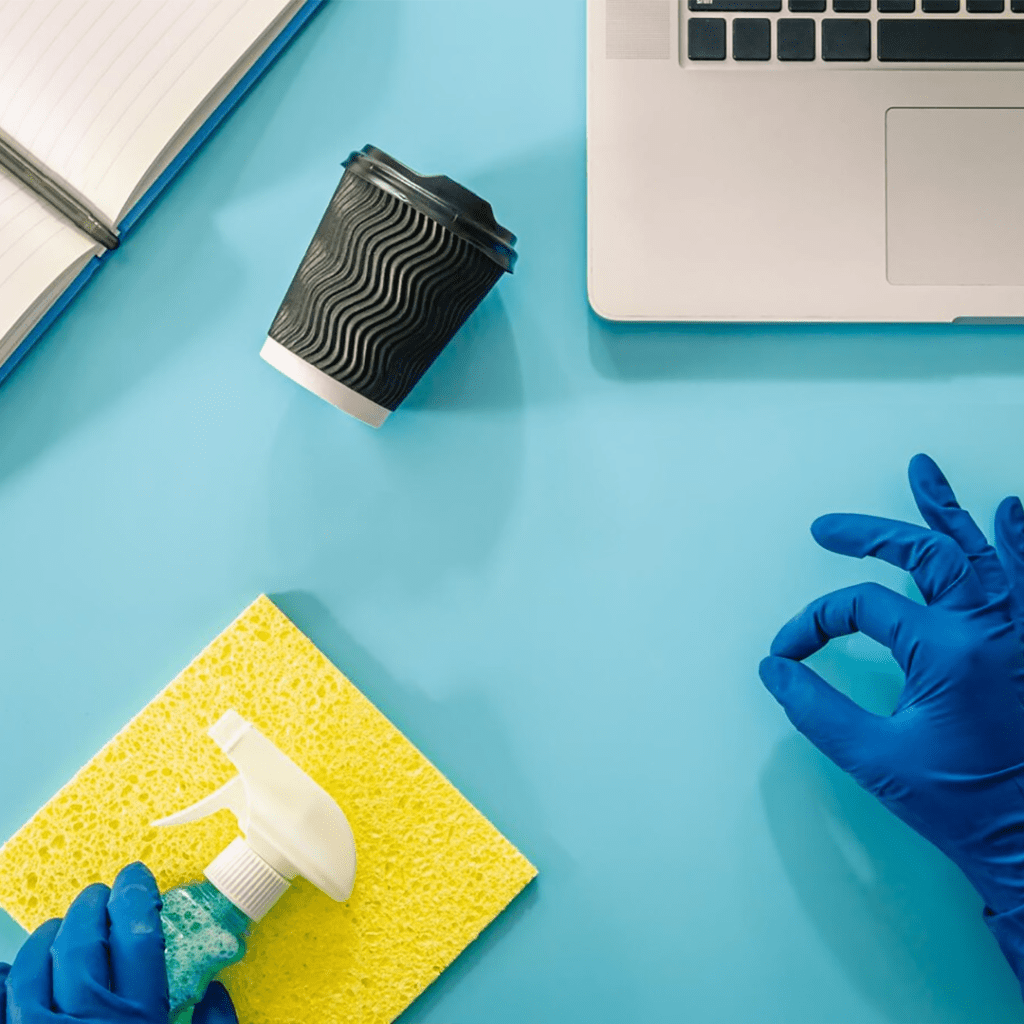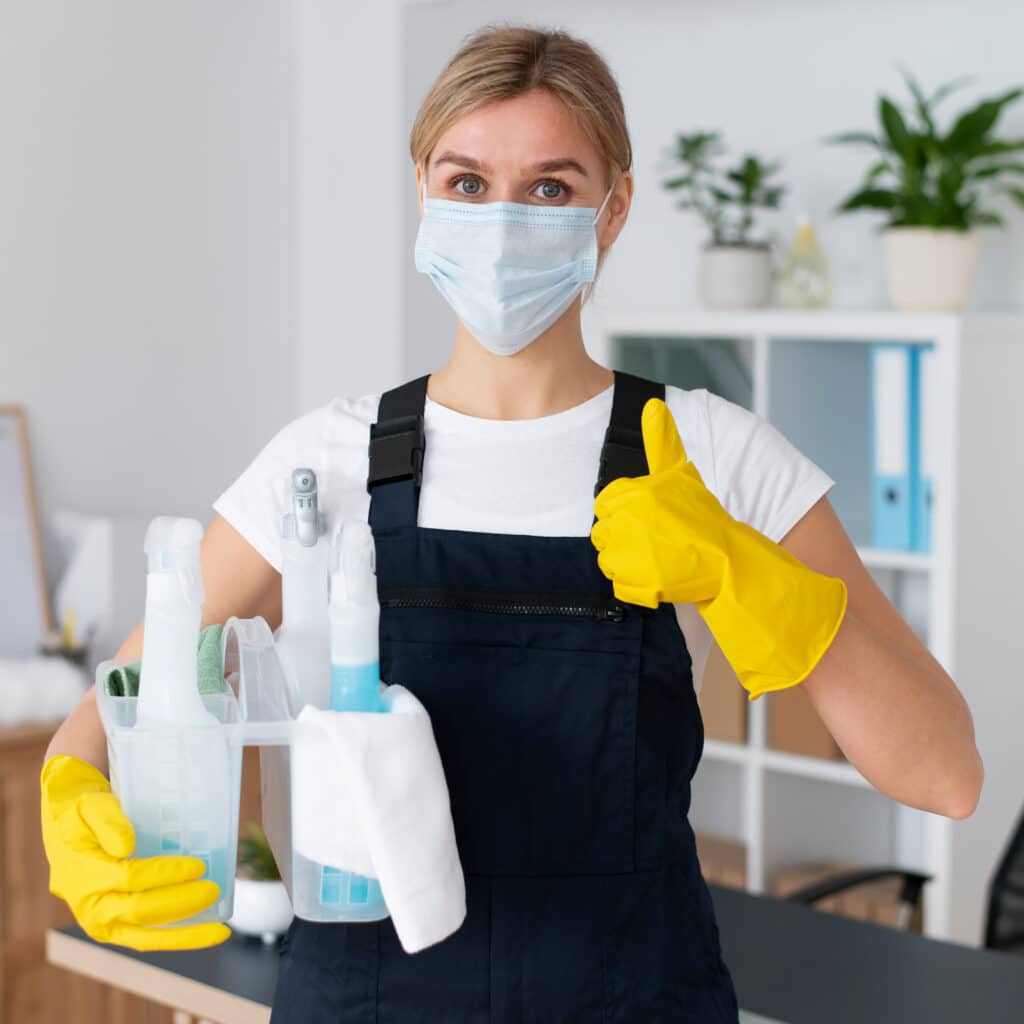Introducing Eco-Friendly Cleaning: Why and How?

The global push towards environmentally sustainable practices is now a central topic, with the cleaning industry being thrust into this evolving narrative. But why should housecleaning businesses heed this call, and how can they transition effectively? Let’s highlight the compelling reasons and the pragmatic approach to green cleaning.
1. The Growing Demand for Eco-Friendly Cleaning
Consumer Awareness and Preference: As the global environmental conscience deepens, consumers are increasingly seeking eco-friendly services. A Nielsen study revealed that 73% of global consumers would modify their consumption habits to reduce environmental damage. In the realm of cleaning, this has profound implications.
But it’s not just about the planet. People are gravitating towards eco-friendly cleaning because of the direct health benefits. Traditional cleaning agents often contain toxins that can cause respiratory problems, skin reactions, and allergies. Eco-friendly products mitigate these risks, providing a safer, healthier home environment.
Competitive Advantage: Differentiating in a saturated cleaning market is a challenge. Offering eco-friendly cleaning isn’t just a service; it becomes a unique selling proposition. A separate study by Cone Communications found that 87% of consumers favor businesses that echo their personal values, especially when it comes to environmental concerns. This is a clear signal that green initiatives can elevate a cleaning business’s appeal and market position.
2. Environmental Impact and Responsibility
The environmental footprint left behind by cleaning products is substantial. Traditional cleaning agents often contain chemicals like phosphates that, when washed down drains, lead to water pollution, disrupting aquatic life.
On a local scale, homeowners are increasingly discerning about the products used within their personal spaces. Employing eco-friendly solutions not only signals respect for global ecosystems but also directly communicates care for the health and wellbeing of individual clients.
3. Making the Switch: Practical Steps
Product Selection: The journey starts with product selection. Top brands in the green cleaning sphere include Seventh Generation, Mrs. Meyer’s, and Ecover. But don’t just trust brand names. Look for certifications like USDA Certified Biobased or Green Seal to validate eco-credentials.
Beyond just choosing products, understand the active ingredients within them. An informed choice ensures you’re genuinely reducing environmental harm. This depth of understanding can also be a persuasive selling point when communicating with eco-conscious clients.
Staff Training: Migrating to eco-friendly products might necessitate adjustments in cleaning techniques. Periodic training ensures that your team is both comfortable and effective with the new products. It also reinforces a culture of continuous learning and dedication to eco-friendly values within your business.
Supplier Partnerships and Client Communication: It’s not enough to just use green products. The entire ecosystem, from procurement to client communication, should be in harmony with eco-friendly principles. Regular interactions with clients about your green initiatives can foster trust and potentially become a word-of-mouth advertisement for your services.
4. Eco-Friendly Tools and Equipment
The conversation around green cleaning isn’t limited to just products. The tools and equipment used play a pivotal role. Microfiber cloths, for instance, are more efficient in trapping dirt and often reduce the need for chemicals. Their longevity also implies reduced waste.
Equipment like HEPA-filtered vacuums have an edge in ensuring that indoor air quality remains pristine. They can capture fine particulates, ensuring spaces aren’t just clean but also healthy. As battery-operated cleaning devices gain popularity, they further trim down the carbon footprint by decreasing reliance on conventional energy sources.
Innovations in Cleaning Devices: Recent years have seen a surge in eco-conscious innovations in cleaning devices. Water-saving steam cleaners, for example, not only use minimal water but also eliminate the need for detergents. These devices are becoming popular, offering efficient cleaning and environmental benefits simultaneously. Integrating such advanced, green-tech tools can amplify the eco-friendly stature of your cleaning business.
5. The Cost Factor and Long-Term Benefits
One major hurdle many businesses perceive in transitioning to green cleaning is the cost. While some eco-products might carry a slightly higher price tag upfront, they often offer superior concentration and longevity, proving cost-effective in the long run.
Also, the indirect savings accrued from using green products, such as reduced health concerns among staff and potential medical expenses, often go overlooked. Tax breaks, incentives, and even heightened client retention due to green practices further tilt the scale in favor of eco-friendly cleaning.
Financial Incentives and Grants: Governments and local authorities are increasingly recognizing businesses that prioritize sustainability. This recognition often translates to financial incentives, rebates, or grants. Exploring these avenues can substantially offset the initial costs of transitioning, making the eco-friendly route not just ethically appealing but also financially lucrative.
6. Monitoring and Gathering Feedback
The dynamism of the cleaning industry means that feedback loops are invaluable. Getting hands-on insights from your staff about their experience with eco-products can provide actionable intelligence to refine practices. Maybe a certain product isn’t as effective, or perhaps a tool is proving cumbersome.
Simultaneously, client feedback serves dual purposes. First, it can guide service enhancements, and second, positive feedback can be leveraged for marketing. With a plethora of online platforms, sharing client testimonials about your green initiatives can significantly uplift your brand’s image.
Feedback as Continuous Improvement: Instituting structured feedback mechanisms, like periodic surveys or face-to-face interactions, can shed light on areas of improvement. Also, digital platforms can serve as two-way communication channels, allowing clients to voice their concerns and appreciation. Such channels not only foster client relations but also paint a clearer roadmap for evolving your eco-friendly practices.
7. Marketing Your Eco-Friendly Stance
Your commitment to the environment should be a cornerstone of your marketing efforts. From your website to social media handles, actively broadcast your eco-friendly transition. A 2019 study by RetailMeNot disclosed that 68% of consumers weigh a company’s environmental stance in their purchasing decisions.
Moreover, hosting community events or workshops on the importance of eco-friendly cleaning, sharing insights about harmful chemicals, or showcasing the benefits of green products can solidify your position as a market leader and a responsible, forward-thinking business.
Storytelling and Green Narratives: Beyond traditional marketing, sharing real stories of your transition journey can resonate deeply with your audience. Visual content, like videos or infographics, that encapsulates your commitment, the challenges faced, and the strides made in the eco-friendly direction can serve as potent promotional tools, forging a genuine connection with potential clients.
Conclusion
Embracing eco-friendly cleaning transcends mere trend adoption. It’s about aligning with global imperatives, meeting evolving consumer preferences, and innovating for future sustainability. For housecleaning businesses, the message is clear: Eco-friendly cleaning isn’t just the future; it’s the present, brimming with both responsibility and opportunity.




Responses